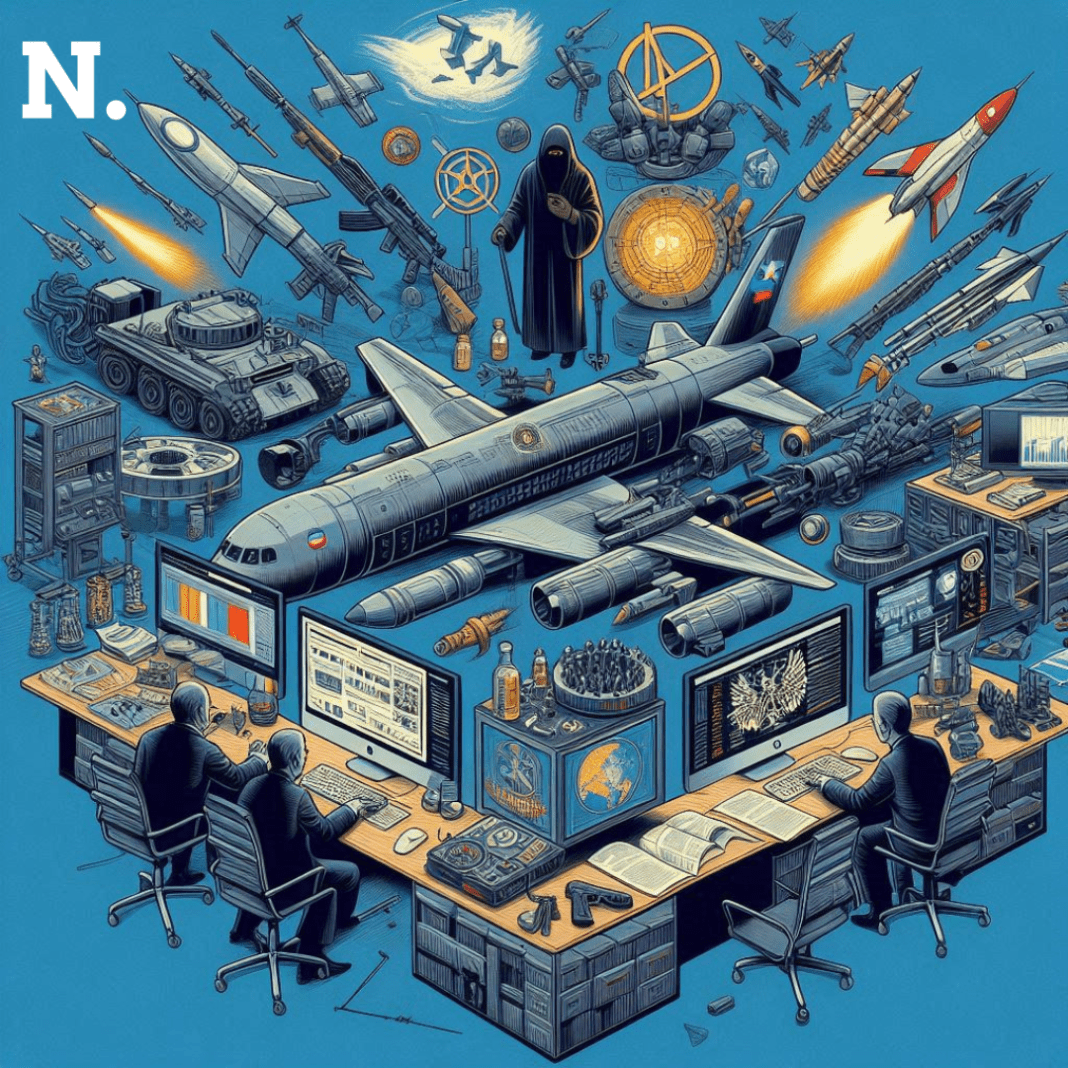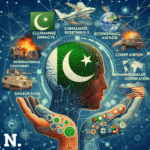Facing heightened pressure and Western sanctions, Russia has launched an exceptionally broad effort to secretly increase its arms production capacity through secretive networks sourcing second-hand machine tools from China. According to a December 2022 report by The Center for Advanced Defense Studies, C4ADS, Russian manufacturers of defense equipment circumvent crippling international restrictions in order to maintain and, in some cases, implement an increase in military manufacturing capacity.
Since 2022, when war broke out in Ukraine, stringent controls imposed on a significant level of technologies acquired by Russia for its defense sector. Such a situation, understandably, saw the demand for strategic actions—covert channels suggested by opaque intermediaries and gray markets that were non-compliant.
Russia’s Strategic Response Amid Sanctions
According to the report, there dramatic increase in purchases of machine tools manufactured in China by Russian entities sanctioned and unsanctioned by the United States. Although several of them are decades old, the machines are still instrumental in producing a variety of weapons, including precision-guided munitions and aircraft parts. These older machines continue to contribute to meeting imperative military production requirements with quite considerable success, according to Allen Maggard, a defense-industry analyst at C4ADS and lead researcher.
Maggard quantified an even bigger non-compliance within the secondhand market, whereby again profit motives often come in to overlook considerations about the ultimate destination. This loophole makes possible transactions that allow the sustenance of Russian defense industries to remain operational despite international sanctions.
There are complex transactions involving procurement arrangements that bring in middlemen like Amegino, a UAE-registered company owned by Andrey Mironov, which aids in procuring and smuggling such goods from China into Russia. Other identified participants include ELE Technology in China, which misleadingly claims affiliation with the American company Gray Machinery as a front to conceal the dealings.
Denials and Disavowals: Russia’s strategies
According to Gray Machinery’s president, Glenn Gray, he was surprised that his company’s name was being used without authorization, and he denies having any direct relationship with ELE Technology. Likewise, Tsugami, the Japanese manufacturer whose high-end defense equipment has been bought in ever-greater numbers by Russian entities through these channels, disavowed selling directly to ELE Technology, reflecting how opaque and maze-like the supply chain is.
Documents cited in the report detail significant increases in procurements of defense-related equipment by entities, like AMG, allegedly connected to influential figures, notwithstanding the imposition of sanctions. The surge underlines Russian resolve to get around sanctions and keep faulty readiness in military matters despite international pressure.
Russia’s Vulnerability
Such reliance on covert procurement networks underlines a core vulnerability the Russians face due to foreign technologies, which the existential geopolitics and economic sanctions imposed by Western countries exacerbate. To the degree that these measures have sort to restrain Russia’s military potential, they have had an innovative response from the Russian defense industries through the exploitation of loopholes within the global regulatory framework.
According to experts, such clandestine acquisitions not only help maintain Russia’s military drive but also lead to very harmful consequences whereby efforts by the international community to enforce the sanctions are drastically flawed. The opacity of secondhand markets, together with accomplice companies that trade in these goods, makes tracing and verification ratherville challenging, hence complicating global efforts toward the maintenance of regimes that uphold sanctions for stability.
The revelations brought to light by the C4ADS report underscore the adaptation of the sanctioned entities gardening through restrictive measures, challenging international efforts aimed at promoting peace and security. They renew calls for improved cooperation at the international level in cooperating and having tightened regulatory oversight on secondhand markets, further taming unintended consequences of sanctions in ensuring global stability against fast-changing dynamics in geopolitics.
Conclusion: Integrated Solutions
The strategic pursuit by Russia to produce arms through covert procurement channels is one of the critical challenges to international norms and systems of sanctions. The complexity of such operations brings to the fore the requirement of integrated global responses to preclude the misuse of blanks or gaps that they may have inherently to allow illicit military buildup and shows why there is constant struggle in bringing the appropriate balance between security interests with economic and humanitarian concerns globally.





